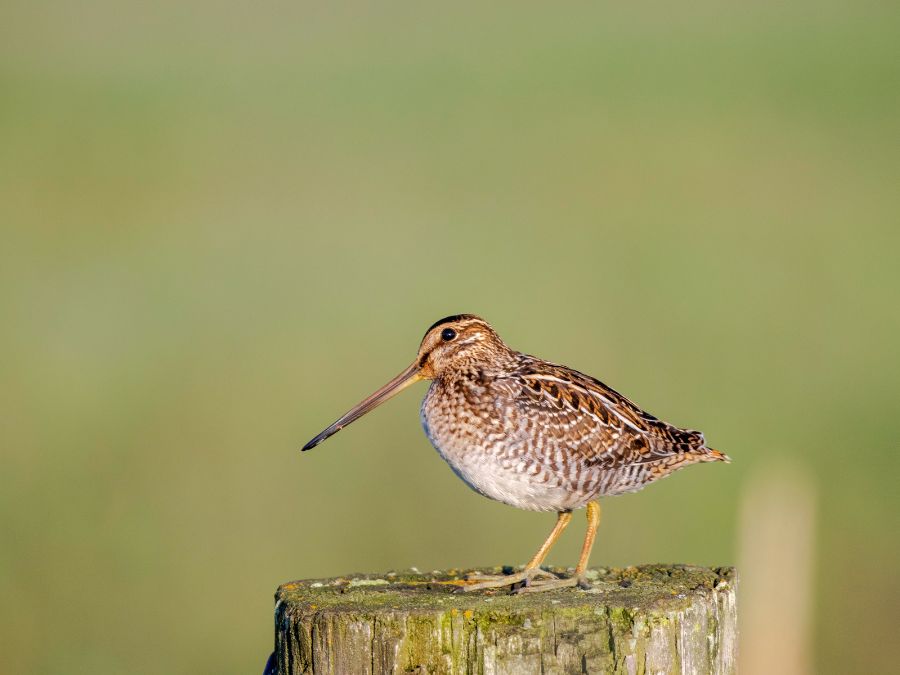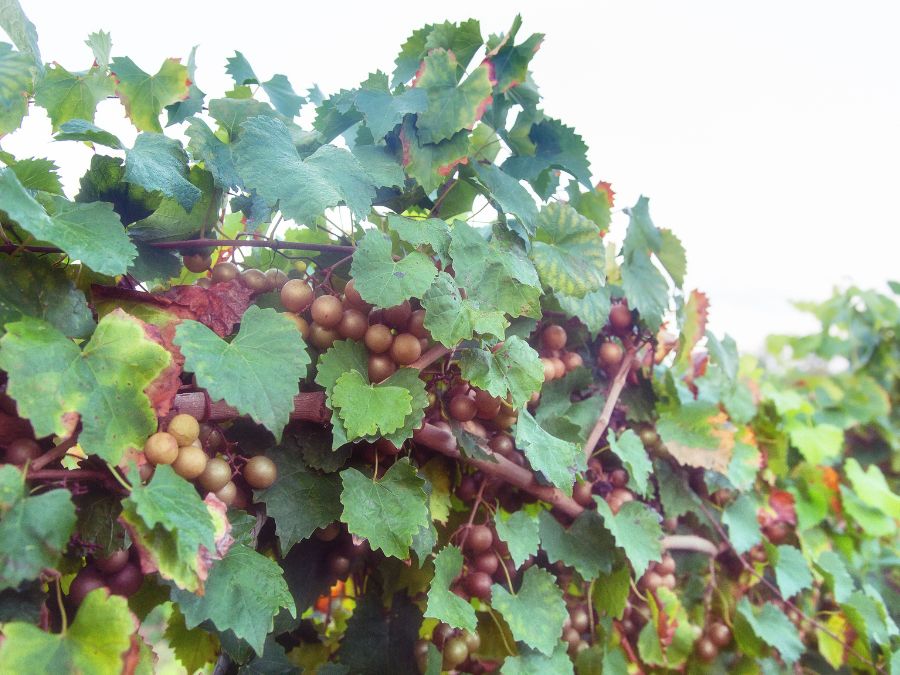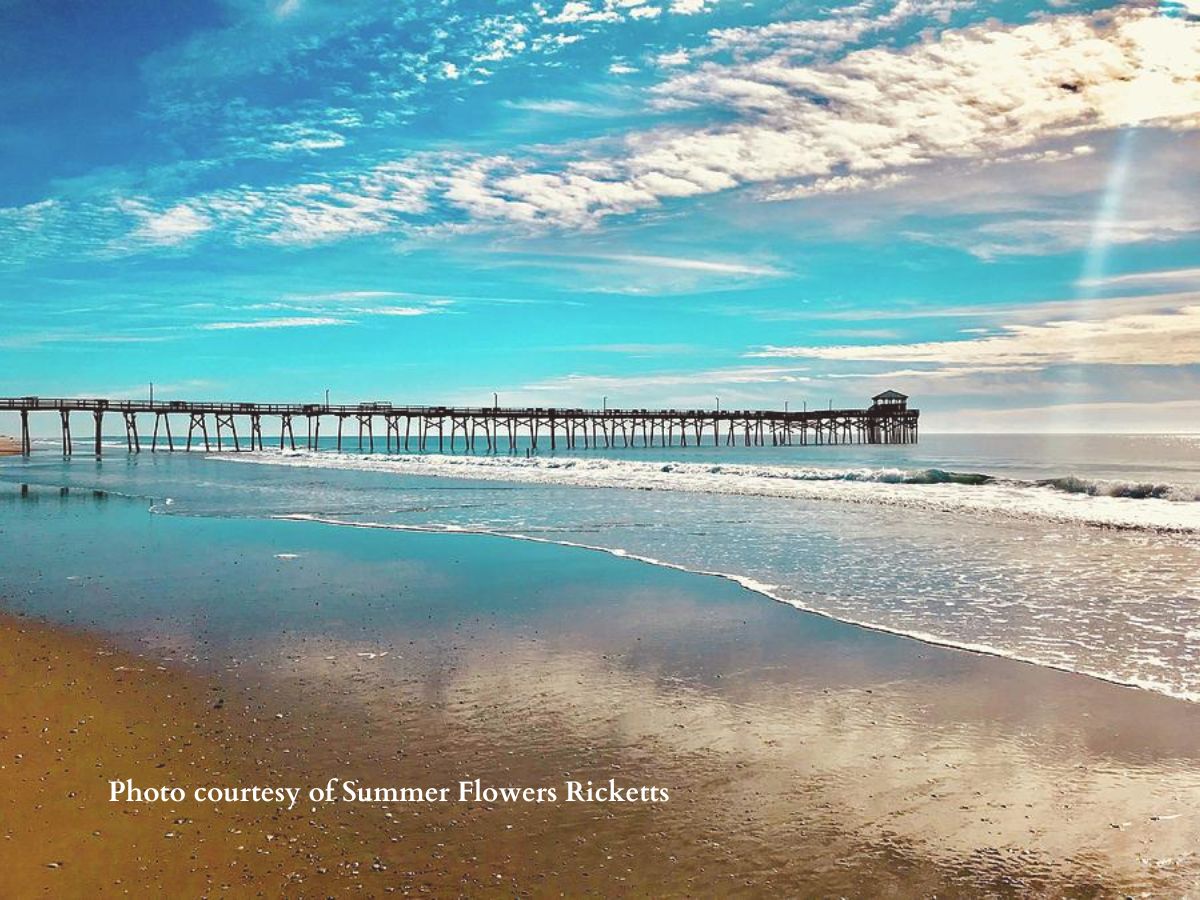Natural Carteret — 5 Min Read
Frogs, toads, and salamanders. Oh my!
By Jessi Waugh
Natural Carteret — 5 Min Read
Frogs, toads, and salamanders. Oh my!
By Jessi Waugh
We’ve had a rainy spring, and that’s a good thing for some folks – namely, those who begin their lives in water – amphibians.
I have a soft spot for amphibians, partly because they’re so soft and vulnerable. Ask me my favorite animal, and I’ll say “salamander.” Unless I’m holding your Jello-boned cat; then he’s my favorite. Or watching the blonde squirrel in my yard; then she’s my favorite. But all the other times, it’s salamanders.
Also known as snot otters, salamanders are associated with barefoot-smooth stones and the sound of rushing water. They’re the animal of a lazy mid-summer day at a clear mountain stream, and, according to this website, they live in our very own Carteret County. Who wouldn’t want to see the Atlantic Coast Slimy Salamander?
All amphibians are cool. They’re also the most endangered class of vertebrates (animals with backbones, as opposed to bugs and such). That’s beating out the more photogenic critters – like giant pandas, trash pandas, and red pandas, only one of which is an actual panda.
Amphibians include salamanders, toads, frogs, and newts. Only. Just those. And almost all amphibians go through a tadpole, or pollywog stage. Everyone loves to watch pollywogs change into frogs. Maybe we can relate to the idea of changing yourself so dramatically, you’re not even recognizable as the same creature.
I’ve kept tadpoles numerous times, for my classes and my kids, with the goal of observing metamorphosis (tadpole to frog), before releasing them back into the wild.
The first time, I learned that you have to provide raised surfaces, because they change into frogs all but overnight. One second, they’re gill-breathing wigglefish, the next, they’re drowning land animals. Nothing like returning to school in the morning to an aquarium full of dead frogs. That doesn’t earn you any teacher-of-the-year points.
More recently, I lost tadpoles due to contaminants in the water. One reason amphibians are endangered is because they’re so sensitive to water pollution – their skin is thin and porous. They’re an indicator species, in that they indicate whether the water is clean.
I’d kept a bucket of rainwater so I could change out their habitat when it became murky and smelly, but unfortunately, the rainwater changed somehow in storage. I imagine the bucket leached chemicals into the water. All the tadpoles died. No mom-of-the-year points. I loved those poor pollywogs to death.
But spring is a time of new beginnings. Right now, temporal ponds are filling in, and amphibians are decorating them with their iridescent confetti eggs. These short-term mudholes, some no bigger than your hand (or a snot otter), provide protection from fish and other aquatic predators that live in bigger bodies of water.
Our tradition is to hike the Croatan this time of year and find those far-flung vernal ponds, listen to the chorus of croakers (such as the Carolina Gopher Frog), and greet the next generation of amazing amphibians.
Please, won’t you join us?
We’ve had a rainy spring, and that’s a good thing for some folks – namely, those who begin their lives in water – amphibians.
I have a soft spot for amphibians, partly because they’re so soft and vulnerable. Ask me my favorite animal, and I’ll say “salamander.” Unless I’m holding your Jello-boned cat; then he’s my favorite. Or watching the blonde squirrel in my yard; then she’s my favorite. But all the other times, it’s salamanders.
Also known as snot otters, salamanders are associated with barefoot-smooth stones and the sound of rushing water. They’re the animal of a lazy mid-summer day at a clear mountain stream, and, according to this website, they live in our very own Carteret County. Who wouldn’t want to see the Atlantic Coast Slimy Salamander?
All amphibians are cool. They’re also the most endangered class of vertebrates (animals with backbones, as opposed to bugs and such). That’s beating out the more photogenic critters – like giant pandas, trash pandas, and red pandas, only one of which is an actual panda.
Amphibians include salamanders, toads, frogs, and newts. Only. Just those. And almost all amphibians go through a tadpole, or pollywog stage. Everyone loves to watch pollywogs change into frogs. Maybe we can relate to the idea of changing yourself so dramatically, you’re not even recognizable as the same creature.
I’ve kept tadpoles numerous times, for my classes and my kids, with the goal of observing metamorphosis (tadpole to frog), before releasing them back into the wild.
The first time, I learned that you have to provide raised surfaces, because they change into frogs all but overnight. One second, they’re gill-breathing wigglefish, the next, they’re drowning land animals. Nothing like returning to school in the morning to an aquarium full of dead frogs. That doesn’t earn you any teacher-of-the-year points.
More recently, I lost tadpoles due to contaminants in the water. One reason amphibians are endangered is because they’re so sensitive to water pollution – their skin is thin and porous. They’re an indicator species, in that they indicate whether the water is clean.
I’d kept a bucket of rainwater so I could change out their habitat when it became murky and smelly, but unfortunately, the rainwater changed somehow in storage. I imagine the bucket leached chemicals into the water. All the tadpoles died. No mom-of-the-year points. I loved those poor pollywogs to death.
But spring is a time of new beginnings. Right now, temporal ponds are filling in, and amphibians are decorating them with their iridescent confetti eggs. These short-term mudholes, some no bigger than your hand (or a snot otter), provide protection from fish and other aquatic predators that live in bigger bodies of water.
Our tradition is to hike the Croatan this time of year and find those far-flung vernal ponds, listen to the chorus of croakers (such as the Carolina Gopher Frog), and greet the next generation of amazing amphibians.
Please, won’t you join us?
If you’re interested in hiking the Croatan in search of the mysterious salamander, visit the Carteret County Wilderness Club for a map of the trails here.
If you’re interested in hiking the Croatan in search of the mysterious salamander, visit the Carteret County Wilderness Club for a map of the trails here.





OMG I have not heard Snot-Otter and I must start using that immediately. Loved it
Ha! Right?!?! Jessi’s got all the best words.
Y’all are too funny